The Xiaomi Redmi Pro review specs are in and there’s a nice surprise in the mix.
Note, this is a preview of the Redmi Pro specs, not a review of the actual unit in hand.
Interestingly, Xiaomi has done away with model #’s. It appears, at this point there will be no Redmi Note 4 Pro, it’s simply “Redmi Pro”.
Whether there will be a Xiaomi Redmi Note 4 coming down the pipeline is currently unknown.
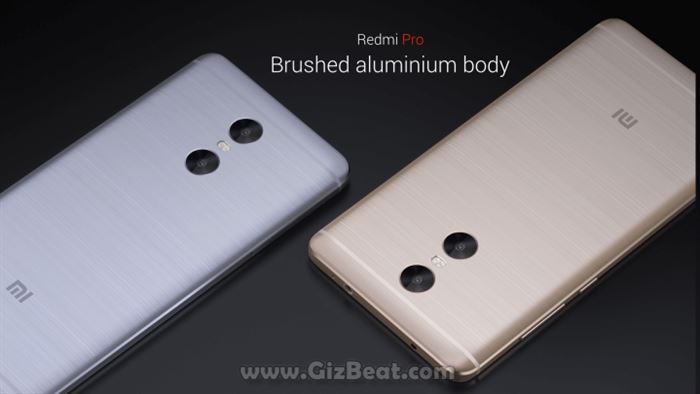
Xiaomi Redmi Pro dual cameras
The big news is that the Xiaomi Redmi Pro will carry dual rear cameras, with the main camera being 13mp Sony IMX258 (click here to see images from IMX258 album (opens in new tab)), and the secondary rear Samsung sub-camera 5mp.

The purpose of the secondary 5mp camera is for creating a narrow depth-of-field (DoF) bokeh as seen with big sensored dSLR cameras.
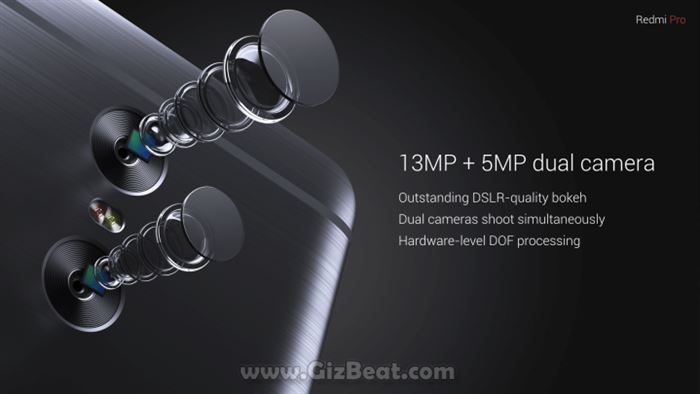
[spoiler style=”steelblue” collapse_link=”false” title=”(Click) Learn more about how dual-camera DoF works”]
One of the big draw backs of typical consumer compacts is their small sensors. Mobile phone sensors are generally even smaller still.
Take a look at the first frame in the image below to see about how big the typical 1/3″ mobile sensor is. Tiny, no?
Next to that we have the typical consumer compact sensor at 1/2.3″, then the 1″-Type sensor which are in the new generation of enthusiast compacts. And finally, the sensor size of a full frame dSLR.

In a nutshell, large sensor-size works with focal length and aperture to produce the beautiful subject separation (bokeh / blur) we see in images. This can also be done in post-processing, but is generally time consuming and not too fun.
Google Camera tried bringing it to the masses
Google Camera has had some measure of success by having us move the camera as we take the picture, and then using some tricky calculations to determine where what is so it can blur what it thinks is the background.
It’s been awhile since we’ve tested Google Camera for bokeh shots, but when it first arrived on the scene, in practice it generally failed unless using it in very specific situations.
How is Xiaomi doing it?
Xiaomi with their Xiaomi Redmi Pro is taking a different though similar approach to Google Camera. Instead of moving a single camera to help determine distance of objects in the field, it will use dual-cameras taking two separate images at the exact same time. One from the 13mp Sony IMX258, and another, offset image, from the 5mp Samsung sub-camera.
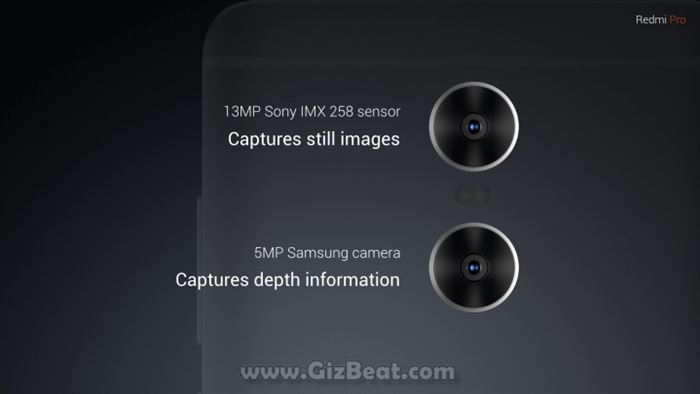
Breaking it down with hardware
Using algorithms, the difference between these two images is calculated and a depth map formed that allows bokeh to be applied to the background. Or to the foreground, if the user wants the foreground to be blurred and the background in focus.
Focus point can be chosen at any time by the photographer after the photograph is taken, because once we have a depth map, software can easily adjust bokeh to taste.
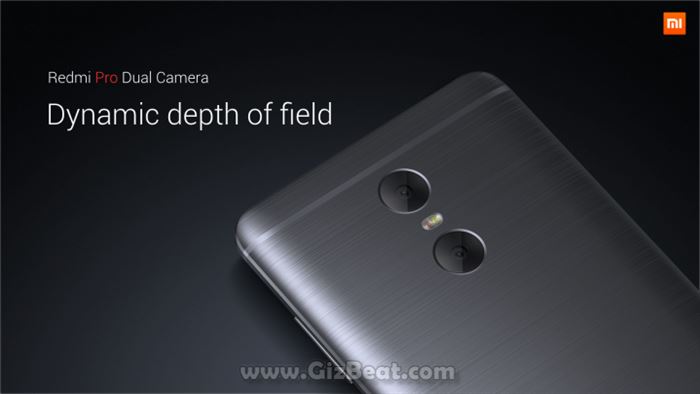
How intensive are these calculations? Intensive enough to require a dedicated hardware chip. The Xiaomi Redmi Pro will carry a dedicated processor with the sole purpose of calculating depth maps.
Someone got here before Xiaomi
This isn’t a new idea. Samsung actually had patents going back as far back as 2011, and certainly it’s been thought of before.
What is new, is that it’s now coming to fruition in mainstream devices. The Huawei P9, HTC M8, Huawei Honor 6+ and ZTE Axxon are several recently released mobiles with this tricky setup.

What else can this tricky setup do?
In addition to DoF, the dual-camera setup can also give us instant focus by rapidly calculating the difference in pixels between the two camera views.
But is this a gimmick, or is it the real deal?
The theory is absolutely sound, and we’ve seen some very respectable results from phones on the market implementing the same approach as Xiaomi. Whether Xiaomi will be able to pull it off as well as Huawei has (see pics here), we’ll have to wait and see.
As to whether this is a replacement for an expensive pro dSLR setup, the answer is no, you’re not going to want to use the Xiaomi Redmi Pro for a professional wedding portrait gig, but the results are very respectable and it gives us one more very cool option in our arsenal of easy to achieve photography tricks.
[/spoiler]
Xiaomi Redmi Pro review battery
As expected, the Xiaomi Redmi Pro will carry a 4050mAh battery, the same as what’s in Xiaomi Redmi Note 3. A battery this size with a 1080p 5.5″ display should give most users about 7 hours onscreen throughout a day.
The display. Xiaomi going OLED
As mentioned above, the display on the XRP will be 5.5″@1080p. But, in a departure from Redmi Note 3, the XRP will have 2.5D Arc front glass and an OLED display.
The beauty of OLED is that it gives us true blacks, which helps to add excellent contrast and depth. In addition, we can also save some battery by using dark themes.
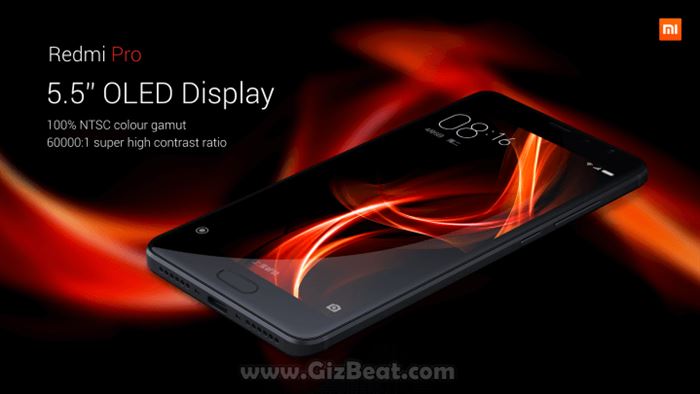
Xiaomi Redmi Pro review different versions
The XRP will come in three versions:
- Helio X20 MT6797 3gb 32gb – 1499rmb ($224)
- Helio X25 MT6797T 3gb 64gb – 1699rmb ($254)
- Helio X25 MT6797T 4gb 128gb – 2499rmb ($374)
These are the China prices, and Westerners can be expecting to pay about 20-30% more.
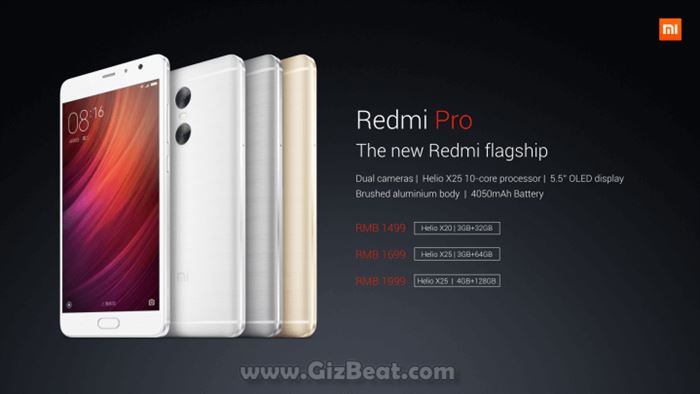
Xiaomi Redmi Pro review fingerprint sensor
Also in contrast to the XRN3, the XRP will have a front fingerprint sensor, as opposed to rear.
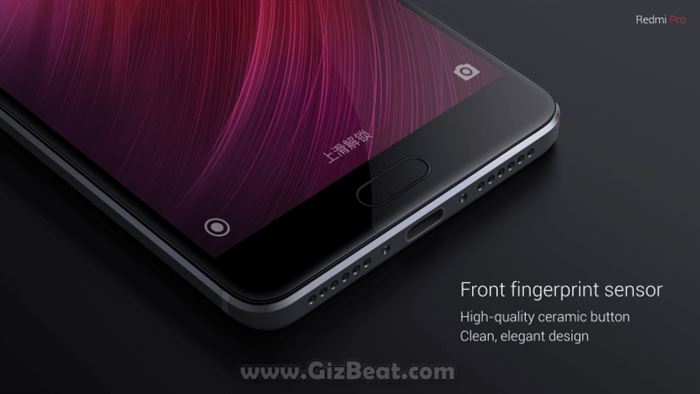




Leave a Reply